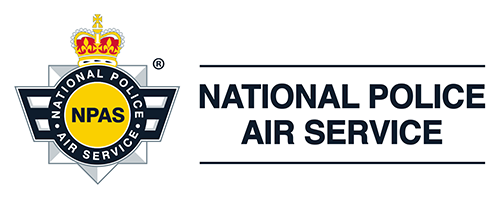Safety and risk management
Aviation is a risky business, but our top priority will always be the safety of our crews, staff and the public.
In order to monitor and mitigate against our risks, we apply a stringent Safety Management System (SMS) which includes all the necessary organisational structures, accountabilities, policies and procedures to reduce, control and maintain risk to an As Low As Reasonably Practicable (ALARP) level.
The SMS is the cornerstone of a strong safety culture throughout our organisation. Each year, our top five risks are reported to the Civil Aviation Authority, which seeks assurances that they are monitored, managed and effective mitigations are in place.
Managing and mitigating against our top five risks
Drones
The increase of drones being flown by organisations, emergency services and hobbyists in the UK's airspace creates an obvious and significant risk to our aircraft and crews, and one which we have limited control over, making it our number one risk for three consecutive years.
Maintenance error
We, and our engineering partners, apply strict measures to ensure the delivery of all aircraft maintenance requirements comply with the highest standards of competency. These are audited by our Compliance Team.
Human error
We accept that, from time to time, everyone will make mistakes. To reduce this risk, we invest heavily in the training of our crews and take the wellbeing of our staff very seriously. Our computerised safety reporting system, Centrik, provides everyone in the organisation the opportunity to raise issues and share learning
Over-reliance
There's a risk a pilot, crew or system can depend too heavily on a particular instrument or process - often at the expense of situational awareness, manual skills or cross checking procedures. Over-reliance can lead to complacency, loss of critical thinking and delayed responses, and that is when mistakes are most likely to happen. Regular aviation safety training seeks to counter this risk.
Change
The service, and wider policing, faces constant change as it adapts to new user demands and operating environments. Changes in management, processes, regulation, technology, suppliers and equipment all create risk which needs understanding and managing. Being at the forefront of change, having the right resources in the right place, and maintaining open and honest communication are vital to minimise risk to safety, operations and staff wellbeing.
Working in partnership to reduce risks
To ensure police air operations are run as safely as possible, police forces are required to report all force operated drone flights to the NPAS Operations Centre.
As technology advances and the benefits of drones in policing is recognised more and more, it is unsurprising to see the reporting of their use increase.
In 2024/25, police forces and other agencies reporting using drones 31,917 times. That's an average of 89 reports of drone flights per day.
There were an average of 55 reports per day just a year earlier.
In a drive to further enhance safety, we worked with the Civil Aviation Authority (CAA) to implement new drone restriction areas around four NPAS bases - London, Almondsbury, Husbands Bosworth and Carr Gate.
These are designated zones, established by the CAA, where the operation of drones is limited or prohibited. It is illegal to fly a drone in a Flight Restriction Zone without permission.
Whilst most NPAS bases are located on licensed aerodromes, some are not.
Flying a drone over or close to these sites has only been an offence if an aircraft is endangered. Small drones are very difficult to see from the helicopter and they represent a significant flight safety risk, and a risk to the security of police facilities and staff.
The application was granted by the CAA and came into effect in February 2025.
Work has begun to include the NPAS North Weald in the restricted areas.
Our Flight Operations team has also been working with the National Police Chief's Council drones team to trial the use of an Airborne Command and Navigation System (ACANS) to help with airspace deconfliction.
This is a situational awareness and navigation platform which helps the aircraft and drone pilots with live tracking and airspace warnings. This work is continuing.
